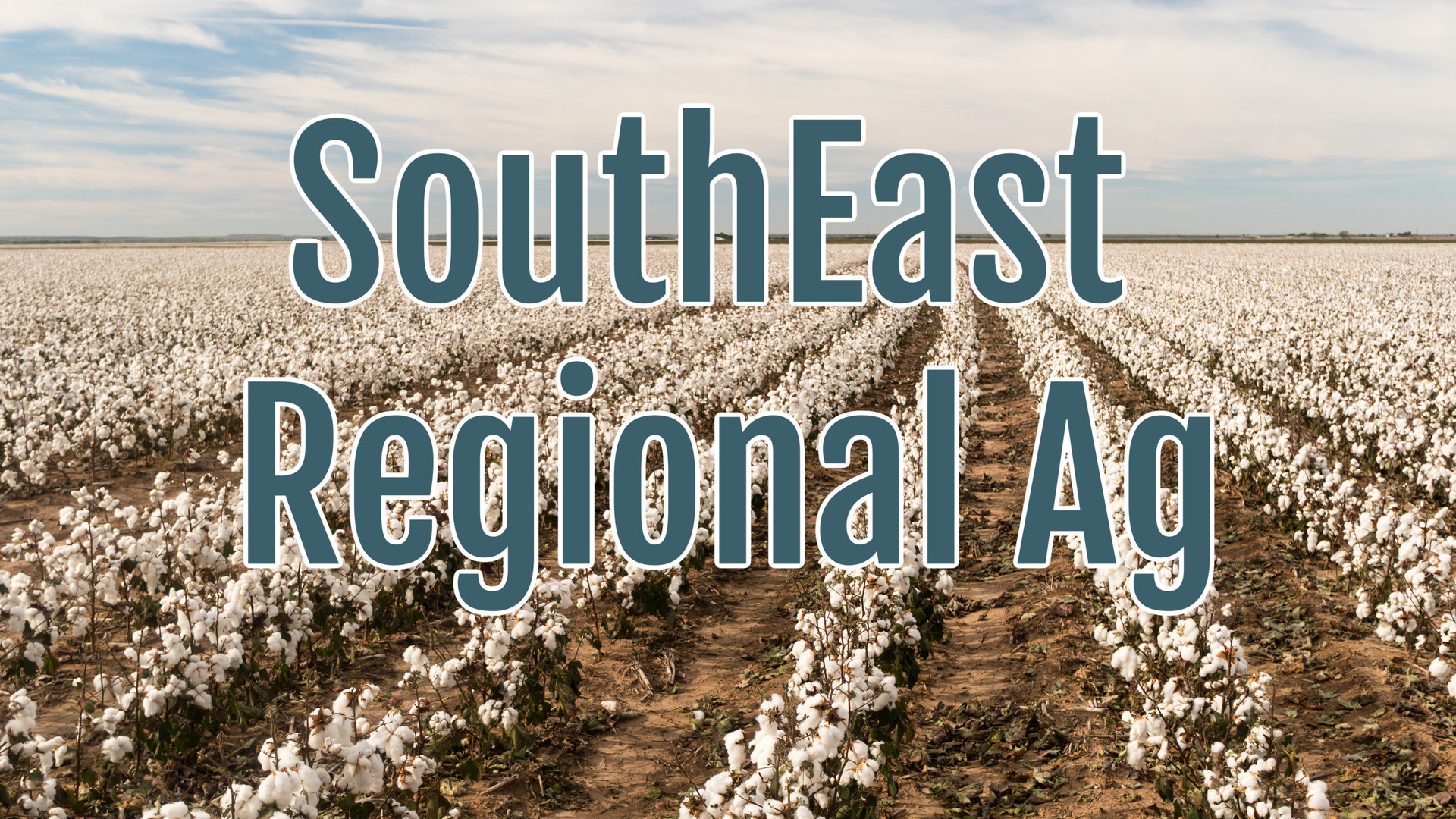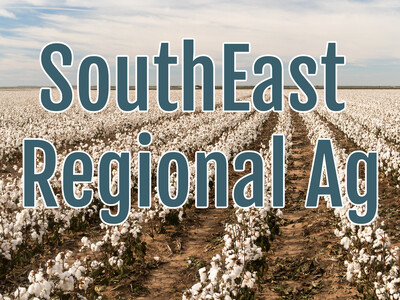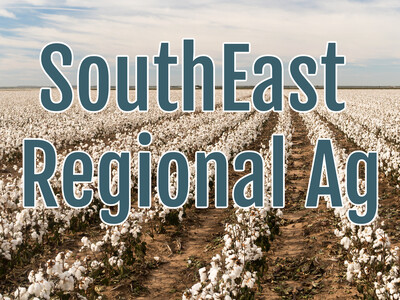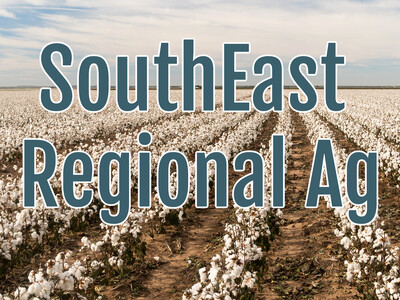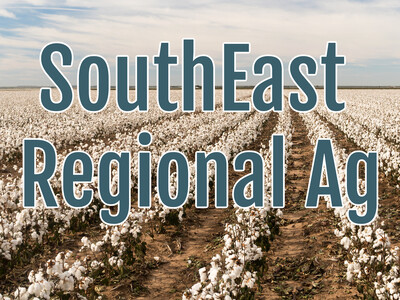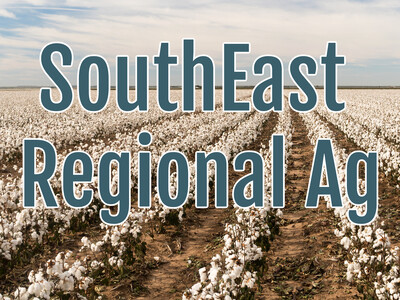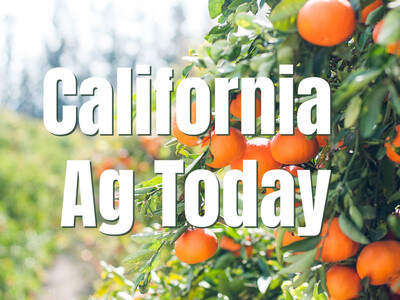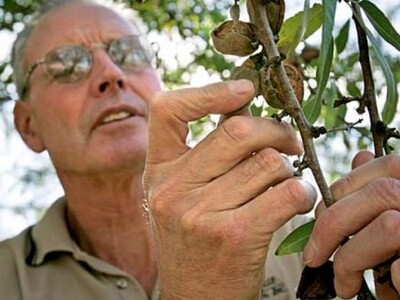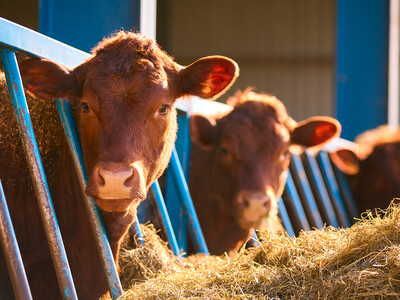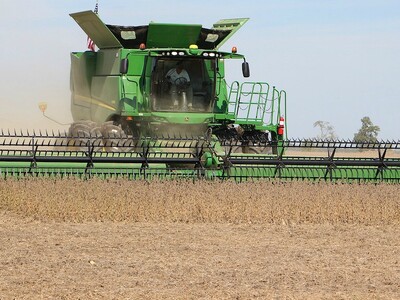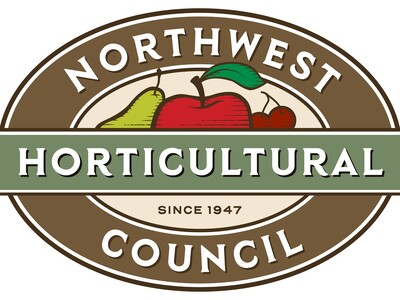Developing Controlled Release Fertilizers in Florida
With your Southeast Regional Ag Report, I'm Trevor Williams.Nutrient management is perhaps one of the more complicated aspects of farming. Fertilizers are used to boost nutrient availability in the soil, oftentimes, having to be applied throughout the growing season. But the development of controlled-release fertilizers, are minimizing the applications as well as the environmental impact of fertilizers.
De Broughton is a UF IFAS Regional Specialized Extension agent in Live Oak, FL who focuses on row crops grown in her district, specifically the Swanee River Valley. De and her IFAS team have been working on testing controlled-release fertilizers on crops like grain corn and watermelon. Here is De Broughton on how controlled release works.
"Most people conceptualize a slow release. It breaks down with any exposure to moisture or rainfall. We know here in Florida's climate, that's probably not going to be sustainable. So with controlled release, it's going to be a little bit different. The coating is a polymer based type of coating. And the thickness of the coating is customized to the crop cycle of the crop and temperature. As temperature in the soil increases, that coating while discentigrate over time and match the growth cycle and needs of that crop."
As for her goals in the new year, De has plans on continuing preliminary testing of controlled-release sources as well as demoing on farms to showcase the benefits of these fertilizers on local crops.
"We are partnering with various companies to allow growers and the opportunity to experience a controlled released source. We are going to partner up to figure out within their operational setup how to apply it, specifically to make it more doable and economical for them."


